Table of Contents
Swing Trading Basics
Swing Trading is a trading strategy that involves holding a position in a traded instrument for a short period of time, typically between a few days to a few weeks. Swing Trading is popular among short-term and medium-term traders as it offers many advantages compared to day trading.
The main selling point of this strategy is taking positions only in the direction of the trend. Swing trading involves two basic steps:
- Waiting for a pullback before entering the trade
- Entering the market when the traded instrument shows a sign that its price will continue in the direction of the prevailing trend.
The main goal is to profit from swings in price movement over the course of several days or weeks. Swing trading allows a trader to make money when the market is bullish, or bearish, or just going sideways. That is why it has an advantage over other investing techniques, like day trading or position trading.
Swing Trading Explained
Market prices increase and decrease. No market goes up or down in a straight line. The markets include many different individual buyers and sellers, each having its own concept of where the market is going. Each market participant is motivated by basic human emotions. Price momentum oscillates strongly in both directions, stimulated by greed and fear. Greed will lead to big rallies while fear and panic lead to selloffs. The “war” between market participants, all acting in their own best interest, will generate swinging price movements.
The alternation of upswings and downswings creates trading opportunities for swing traders. By examining these swing patterns, a trader can make money in both trending and ranging markets.
Swing trading consists of spotting the optimum times to enter the market near the beginning of a new swing and exit near the end of that swing. This means that swing traders miss market tops and bottoms and focus only on the daily swings in the direction of the trend.
Requirements of Swing Traders
- Swing Traders must recognize support and resistance.
- A Swing trader must try to focus on the emotions of other market participants (greed and fear, as we previously explained). At the same time, he must control his own emotions while entering and exiting trades.
- Swing traders must understand momentum and volatility and should be able to identify a trading range or channel.
- A Swing trader must recognize chart patterns, in both trending and range-bound markets
- Swing traders should gain profits from the market by diminishing risk as much as possible. The risk is reflected in his exposure. A Swing Trader must be aware of the balance between risk and reward.
- A Swing trader must be patient and disciplined. Patience and discipline will help the trader entering the market at the wrong times and turning small losses into bigger losses.
Swing Trading & Support and Resistance
During a trading period, there are certain price levels which represent areas of “support” or “resistance”.
- Support levels are price levels where traders believe the market is oversold and buying power is strong enough to overcome selling pressure, determining the market to increase.
- Resistance levels are price levels where traders believe the market is overbought and selling strong enough to overcome buying power, determining the market to decrease.
Once a support level is broken, the level becomes a resistance level and once a resistance level is broken becomes a support level.
Why does this happen? Because support and resistance levels indicate market prices with significant buying and selling power. If a support level is broken, the buying traders will become sellers at the same entry price. Why? Because once a trader starts to lose money, one of his first impulses is to exit the market at break even. That’s the psychology behind why a broken support becomes a resistance level.
In swing trading, traders are generally interested in the perception of price support and resistance, considering a number of other factors:
- current trading range
- recent trading patterns that took place within the trading range
- whether the range itself is in an uptrend or downtrend
- points of exhaustion near support/resistance levels
- profit-taking levels or possible stop-losses areas
More on support and resistance levels you can read here.
Best Swing Trading Tools And Indicators
The support and resistance levels are subjective and, as we already know, based on crowd psychology. Support and resistance occur often and can be spotted in every timeframe. The most common support and resistance levels followed by traders during swing trading are:
- Previous intraday, daily, weekly, and monthly highs and lows
- Pivot Points
- Fibonacci retracement levels
- Channels and trend lines
- Round numbers
Forex Swing Trading Strategy
One of the indicators we’ll use in this FOREX swing trading system is the exponential moving average (SMA). A moving average is the average closing price for a particular number of days. We’ll focus on 2 moving averages, those based on 50 days and 200 days (EMA 50 and EMA 200). The two moving averages will make it easier for us to identify trends.
Support and resistance levels also play an important part of this strategy and we will plan our entries and exits accordingly.
The rules are simple:
- We only take positions in the direction of the main trend indicated by the two moving averages
- We enter the market after a pullback, only after a support or resistance level was broken
These are the main steps we must follow:
- We identify when the currency is in an uptrend or a downtrend.
- When the currency is in an uptrend, we identify a pull-back and search for long entries. When the pair is in a downtrend, we identify a pull-back and search for short entries.
- Once an appropriate entry signal is identified, we place a market order or limit order to buy in an uptrend or sell in a downtrend.
- We place a stop-loss order below the recent market swing
- We set the price at which we will take profits, ideally double compared to the stop loss (risk/reward ratio of 2:1, 3:1 or higher)
- We adjust the stop loss when a market makes a new relevant swing, or by a trailing stop.
How To Swing Trade Forex Market
1. In an uptrend, we buy once price makes a the pull-back
We observe in the swing chart below that during this uptrend we had 3 signals, 2 entries were won and the third one was lost.
The main trigger was the same in all 3 setups, we entered long when the upper trend line of the channel was broken to the upside, with the stop loss below the recent swing and 3:1 risk reward ratio.
2. In a downtrend, we sell once price makes a pull-back
The same principles apply to the swing chart above. This time we had 3 short signals, all WON this time.
As you can see on the chart, swing trading consisted of looking for optimum times to short the market at the beginning of a new swing and exiting near the end of that swing. Then, we just wait for the development of a new swing trading opportunity in the direction of the trend indicated by EMA50 and EMA200.
Swing Trading Pros And Cons
- ↑ Swing trading is more flexible, it offers more time away from charts
- ↑ Swing traders execute fewer trades and they don’t have to monitor the trades all the time.
- ↑ Swing traders operate with lower lot/share sizes because they use higher stop-loss orders compared to day-trading
- ↑ Allows a better control over transactions, due to their relatively small number
- ↑ You can avoid getting whipsawed often
- ↑ By taking positions only in the direction of the trend, you increase your chances to profit from markets
- ↑ You can also implement fundamental analysis into your strategy
- ↓ Swing traders miss market tops and bottoms as they focus only on the daily swings in the direction of the trend.
- ↓ Swing trading requires patience and discipline, two psychological issues most traders fail to deal with during their trading program.
- ↓ You can lock up your capital longer compared to day trading if your positions go against you
- ↓ Swing trading could require higher margin requirements and additional swaps if you hold positions several days/weeks
Final Thoughts
In order to make money from the swing trading, it’s necessary to have a disciplined approach to trading. It is also important to keep things simple, don’t over-complicate your trading.
Keep your price charts clean, without plotting a lot of indicators, and focus on reading price in order to increase your chances to swing trade the right way.
Once you learn the rules and you trade with discipline, you will make money.

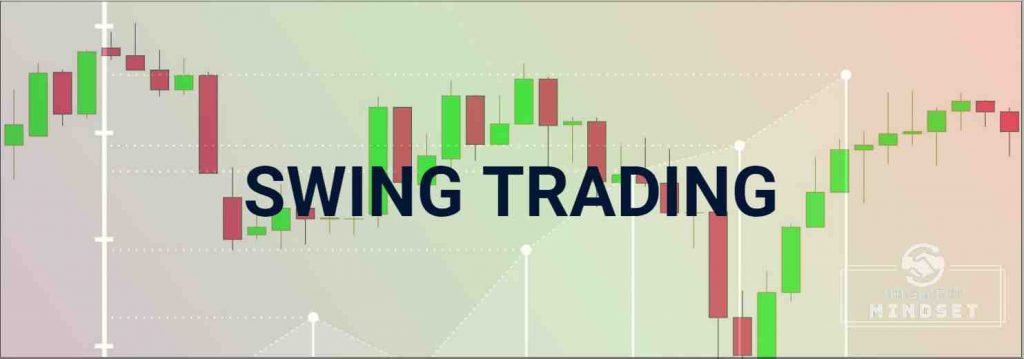
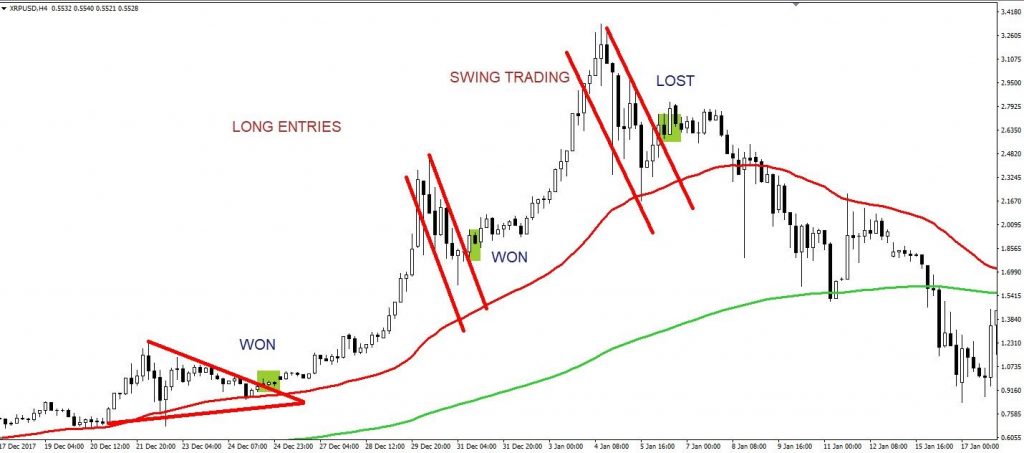
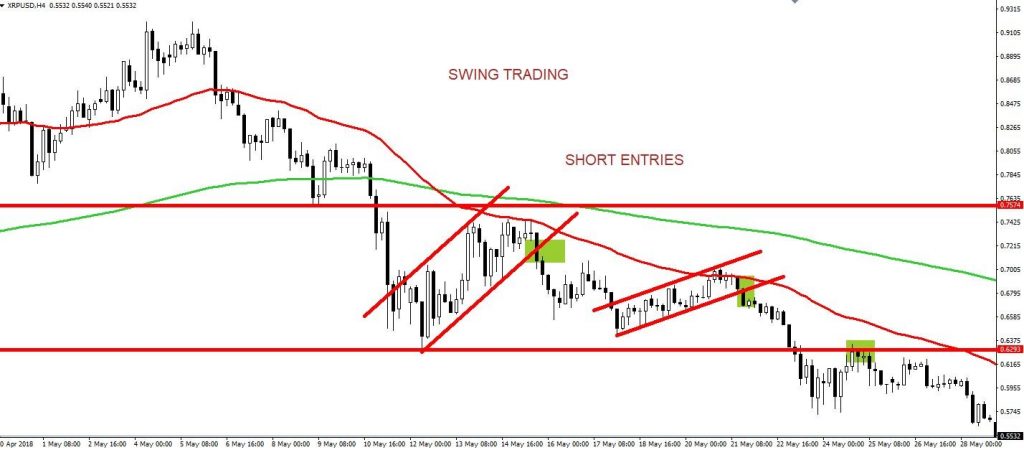

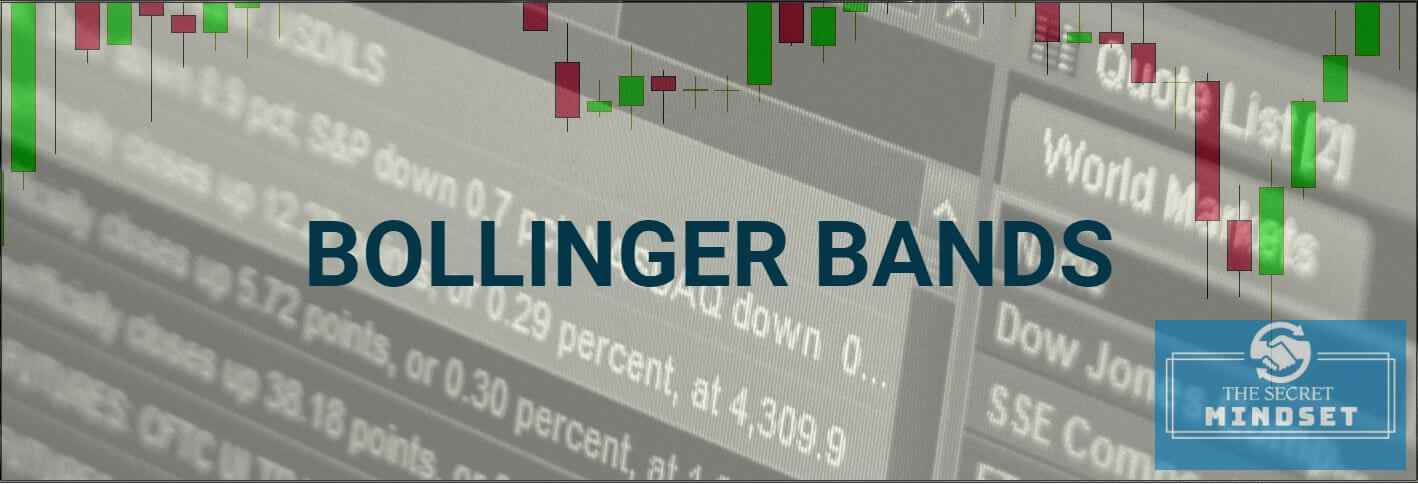
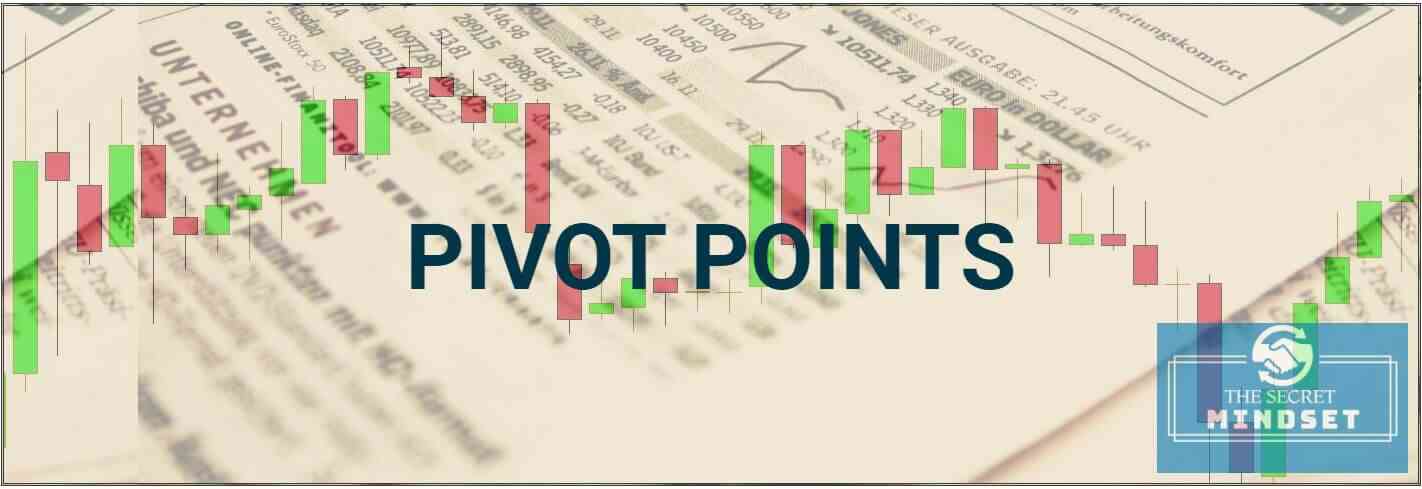


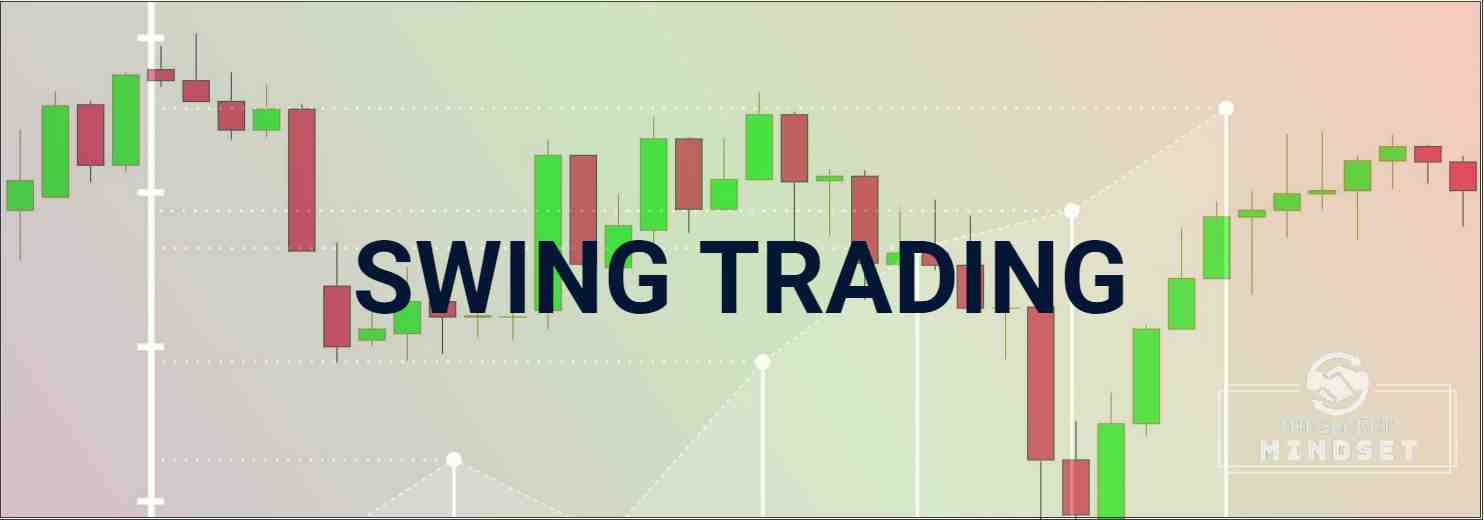


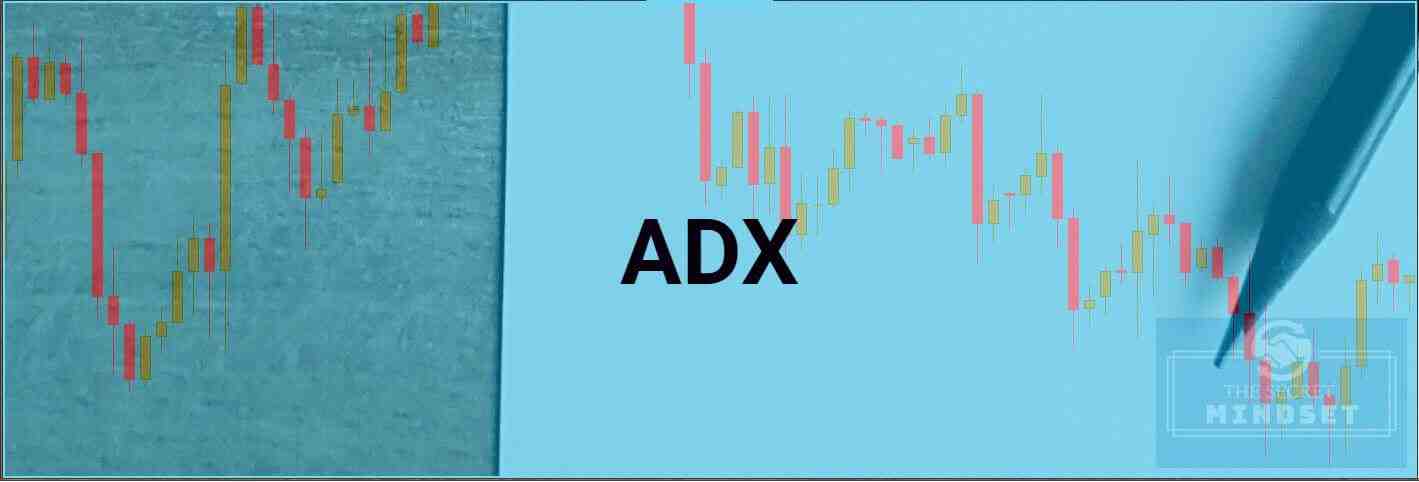


2 thoughts on “Forex Swing Trading Guide [Trading Strategy Included]”
This post is amazing, clear and well written! It help me a lot.
Thanks
The messages are clear and simple. This is what I have been looking for long ago. It a breakthrough, I just have to work hard to abide with the rules.
Thanks maan.